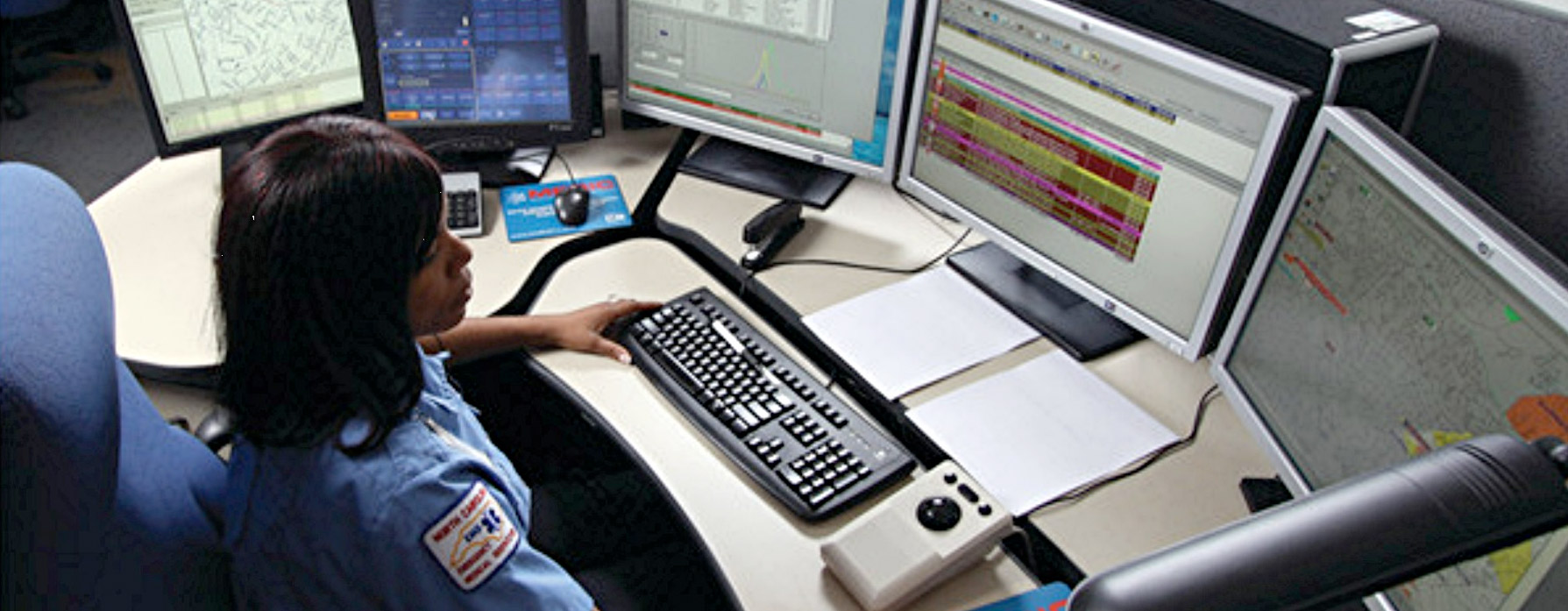We hope you are finding this continuing series informative and applicable to your control room console/furniture firm. If you haven’t seen our previous entries, please take a look and of course stay tuned for more.
In this installment we will look at the Emergency Operations/Disaster Management industry. According to the U.S. Bureau of Labor Statistics, this industry is expected to see positive growth in the next half decade. At present, the Incident and Emergency Management industry is estimated to be worth $93 billion in 2018. By 2023, that figure will expand to nearly $123 billion at a rate of roughly 6% annually. [Source] As you can see, any control room design company would be remiss to ignore this potential market.
Industry-Specific Considerations
As with some of the previous industries we’ve explored, this market is heavily influenced by various local and federal regulations. And likewise here, it is important to be aware of any legal restrictions that could come into play.
Planning an Emergency Operations Control Center generally must consider the following areas of design:
- Flexibility
- Sustainability
- Security
- Survivability
- Interoperability
Flexibility
Control centers for Emergency Operations must be adaptable in the case of growing and shrinking numbers of emergency personnel, governmental officials, etc. Most generally, this means planning ahead for sufficient space and occupancy guidelines.
Of importance to console furniture enterprises: emergency operations centers are likely to require more consoles, chairs, monitors, etc. than is necessary for daily activities. It is important to work with clients to plan ahead for extra equipment needs.
Most EOCs must include:
- Day-to-day Office Space for Director/Staff/Reception
- Meeting/Lead Agency/Executive Room
- Communications Room
- Operations Room for Emergency Coordination
The Operations Room must be large enough to accommodate one or two agents from established agencies, and will need to include the following features:
- Telephone Lines
- Status Display (Maps, Charts, Logs)
- Computer, Internet, Network
- 30 square feet per person
Sustainability
Emergency Operations control centers must plan to be operational 24 hours a day/7 days a week under emergency/disaster conditions. This means that control centers must be erected considering natural hazards (e.g., flood plains), nuclear power plants or other industrial sites that could experience catastrophic failure, etc.
This means that EOCs must have Emergency Power generation capabilities. Electrical power must be able to be generated such that all HVAC, elevators, electrical equipment, etc. can offer uninterrupted service.
Security
Security considerations are not just physical safety concerns, but also accounting for the security of sensitive information. Control rooms should be designed with necessary privacy safeguards. This could be relevant in terms of furniture orientation, visibility, or console compatibility with any requisite secure technologies.
Survivability
Emergency Operations centers must be able to survive existential threats directly or must have an established alternative backup control center from which managers can continue to work. This can have major implications for control center furniture firms as additional consoles and a separate design plan could be necessary.
Interoperability
Emergency Operations centers must be capable of sharing time-sensitive information with other EOCs at the local or state government level or off-site emergency response teams.
EOCs need to have the ability to communicate with responders in the field. And that communication will possibly include:
- Outside Telephone Lines
- Fax Lines
- Local Area Network
- Access to Emergency Alert System (EAS)
- Local Warning System Operability
- Electromagnetic protection for facility (e.g., lightning)
- Radios
- Radio Tower to Support Radio Equipment
This is a brief overview of what goes into establishing an emergency operations center and the subsequent impacts that console furniture companies might expect to encounter when working in these contexts. The reality is likely to be much more complicated as there are various regulations and standards depending on the level of service (local, state, federal). Nonetheless, we hope this has given some insight into the requirements of the Emergency/Disaster Management industry so that firms can feel more confident approaching clients in that sector.
Check back here in the near future for more insight into control room furniture and adjacent industries.
Inracks, home for all of your console furniture and control room design needs!







